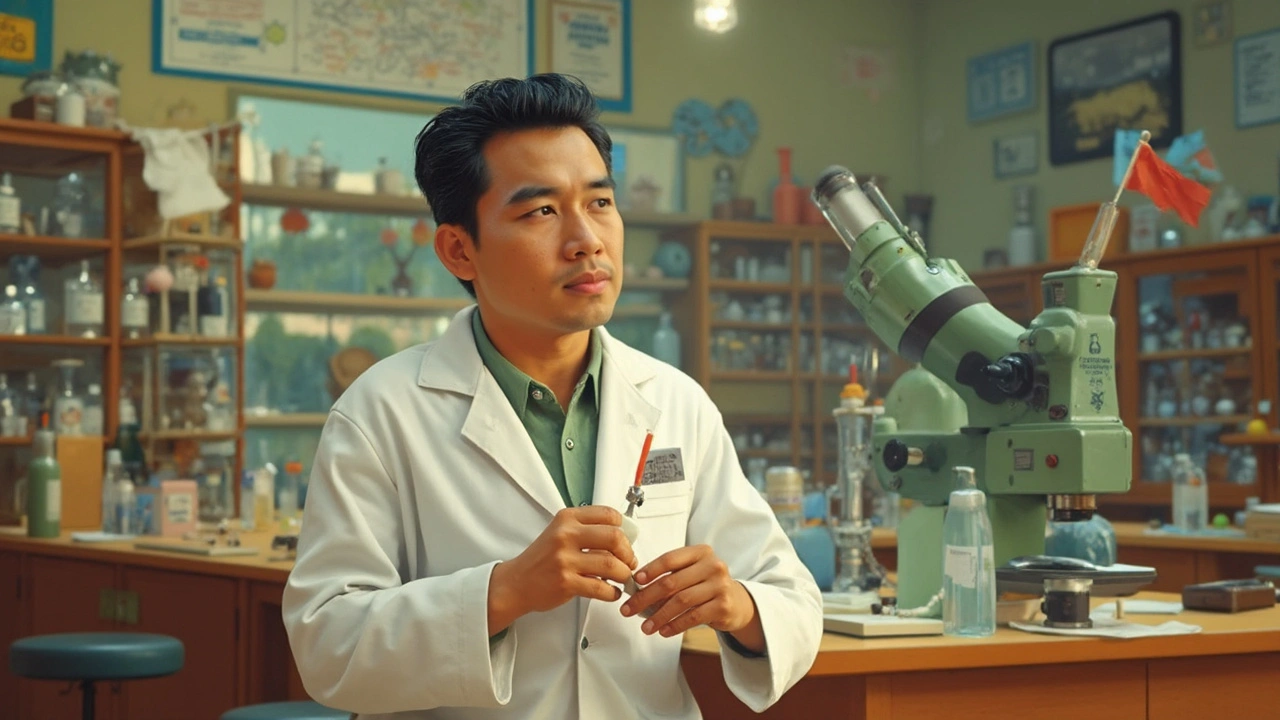Antibiotic Discovery: What’s New and Why It Matters
If you’ve ever taken a prescription for a bacterial infection, you know antibiotics are lifesavers. But the good news is that scientists aren’t standing still – they’re constantly hunting for fresh drugs to beat bugs that have learned to dodge older medicines. This page breaks down the biggest trends in antibiotic discovery and shows how each breakthrough could affect you.
Why New Antibiotics Are Needed
Every time a new antibiotic hits the market, bacteria start figuring out ways to survive it. Overuse, missed doses, and global travel speed up this arms race, leading to “superbugs” that ignore many of our go‑to pills. When a common infection like pneumonia or a urinary tract infection becomes hard to treat, hospital stays get longer, costs rise, and mortality goes up.
Because of that pressure, researchers are digging deeper than ever before. Instead of just tweaking existing formulas, they’re looking at entirely new sources – from uncultured soil microbes to marine organisms that live in extreme conditions. The goal isn’t just a one‑off fix; it’s a pipeline of drugs that stay effective for years.
How Researchers Find the Next Generation Drug
The old school method involved scooping up soil, growing whatever bacteria showed up, and testing them against known pathogens. That still works, but only a tiny fraction of microbes can be grown in a lab. Modern teams use DNA sequencing to peek inside uncultivable organisms, spotting gene clusters that hint at hidden antibiotics.
One success story is teixobactin, discovered in 2015 from a soil bacterium that was coaxed out of its dormant state using a special “iChip.” Teixobactin attacks the building blocks of bacterial walls in a way that makes resistance unlikely. Another recent win is cefiderocol, a drug that hijacks bacteria’s iron‑pulling system to sneak inside and kill them – perfect for hard‑to‑treat Gram‑negative infections.
Beyond labs, artificial intelligence now scans millions of chemical structures to predict which ones might stop bacterial growth. AI can flag promising candidates faster than humans, letting labs focus their resources on the best bets.
All these approaches share one thing: they’re geared toward diversity. By pulling from oceans, deserts, and even your own microbiome, scientists expand the toolbox far beyond what 20th‑century chemistry offered.
If you’re curious about how new antibiotics get to pharmacies, the path is rigorous. After a lab shows a compound works, it must survive animal testing, human safety trials, and regulatory review – often taking a decade and millions of dollars. That’s why many promising drugs never make it past early stages.
What does this mean for you? When a new antibiotic lands on the market, your doctor will likely reserve it for infections that don’t respond to older meds. That helps preserve its power longer. It also means staying informed about resistance trends and asking your pharmacist or doctor why a certain drug is recommended.
On VikingPharmacy.com you’ll find practical guides on buying medicines safely online, checking pharmacy legitimacy, and saving money – all useful if a new antibiotic becomes part of your treatment plan. Use those resources to verify any source before ordering anything over the internet.
Bottom line: antibiotic discovery is a fast‑moving field with real impact on everyday health. New drugs like teixobactin and cefiderocol show that science can stay ahead, but they also rely on responsible use by patients and providers alike. Keep an eye on emerging treatments, ask questions about resistance, and make sure any medication you get – online or in‑store – comes from a trusted pharmacy.

The History of Erythromycin: Tracing Its Discovery and Impact
Erythromycin, an essential antibiotic in the medical world, has a fascinating history that dates back to the mid-20th century. It's discovery by a Filipino scientist, Dr. Abelardo Aguilar, marked a significant milestone in battling bacterial infections. This article explores the intriguing journey of erythromycin, highlighting its scientific roots, clinical applications, and the unexpected challenges that shaped its development. Learn how this antibiotic not only changed medical treatments but also influenced modern medicine.